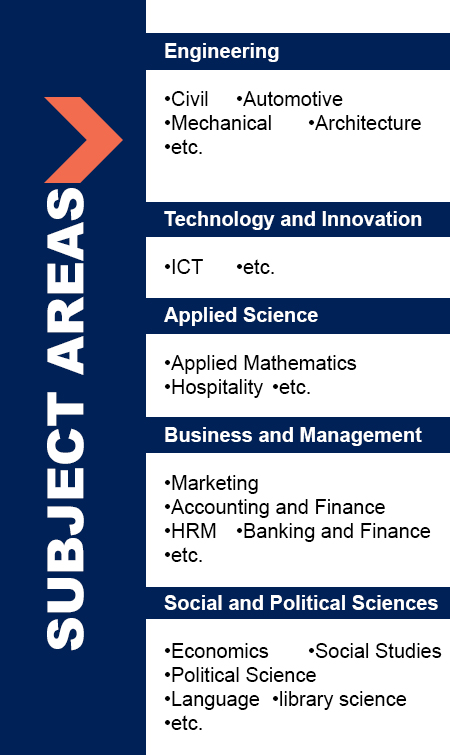The Causes of Low Success Rate of Public Sector Projects as Compared to the Private Sector In Ghana- The Study Area of Greater Accra Region
DOI:
https://doi.org/10.47127/ijtmr.v2i2.59Abstract
The issue of project failure is alarming in Ghana and this experience has persisted for a long time. However, some projects undertaken by private organizations are able to chalk successes more often. This study therefore examines the causes of low success rate of project completion in both the public and private sectors in Ghana, study area of Greater Accra Region. The research intends to analyze how the setting of project goals, project scope, project budget, monitoring and feedback, meeting stakeholders’ expectations and project management practice influence completion of projects in both public and private sectors. Both qualitative and quantitative techniques were used for collecting and analyzing the data. The stratified sampling technique was employed and out a total of 200 questionnaires administered to respondents. 158 questionnaires representing 79% were retrieved. Regression and correlation analysis were used in analyzing the data collected, based upon which conclusions were drawn. The findings of the research were that setting project goals, monitoring and feedback and project management practice are the most influential factors in successful completion of projects in both sectors. The study has made recommendations in the article to guide project implementation
Key Words: Project Management, Success factors, Project goals, Project budget, Monitoring and Feedback








